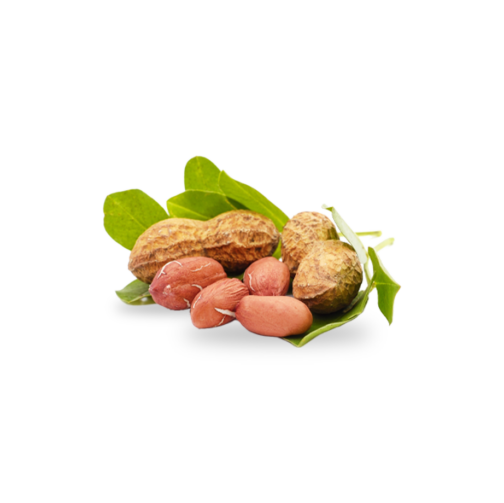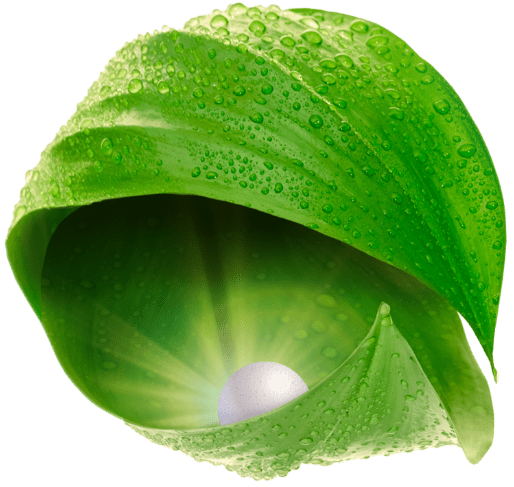
Pistachio tree
Pistachio (Pistacia Vera L.)
It is a deciduous, dioecious, long-lived, anemophilous and slow-growing tree of the Anacardiaceae family. In Greece it is cultivated in Attica, Aegina, Boeotia, Corinthia, Evia, Fthiotida, Central and Northern Greece and the islands. It is a tree with several special characteristics such as alternate fruit bearing, protandry and high requirements in terms of cold hours, which even exceed those of the Almond tree. Rational nutrition is one of the most effective factors to increase the growth and productivity of these trees. However, rational fertilisation is a combination of a number of factors and interactions. The nutrition programme should aim at optimising inputs, increasing yield, quality, while protecting the environment, soil fertility and the sustainability of the crop. Pistachio is demanding for various nutrients, such as all the essential Macroelements, Nitrogen, Phosphorus and Potassium. Nutrient requirements also exist for Calcium, Iron, Magnesium, Zinc, Boron, and Manganese. In addition, the use of special nutrient formulations – biostimulants – maximises the genetic potential of the crop, while ensuring that its resistance to abiotic stress is enhanced. Finally, post-harvest applications are also of interest for the storage of nutrients in the root system.




